Quantum computing could help companies without billion-dollar budgets design superbatteries, create complex chemicals and understand the universe.
Category: quantum physics – Page 806
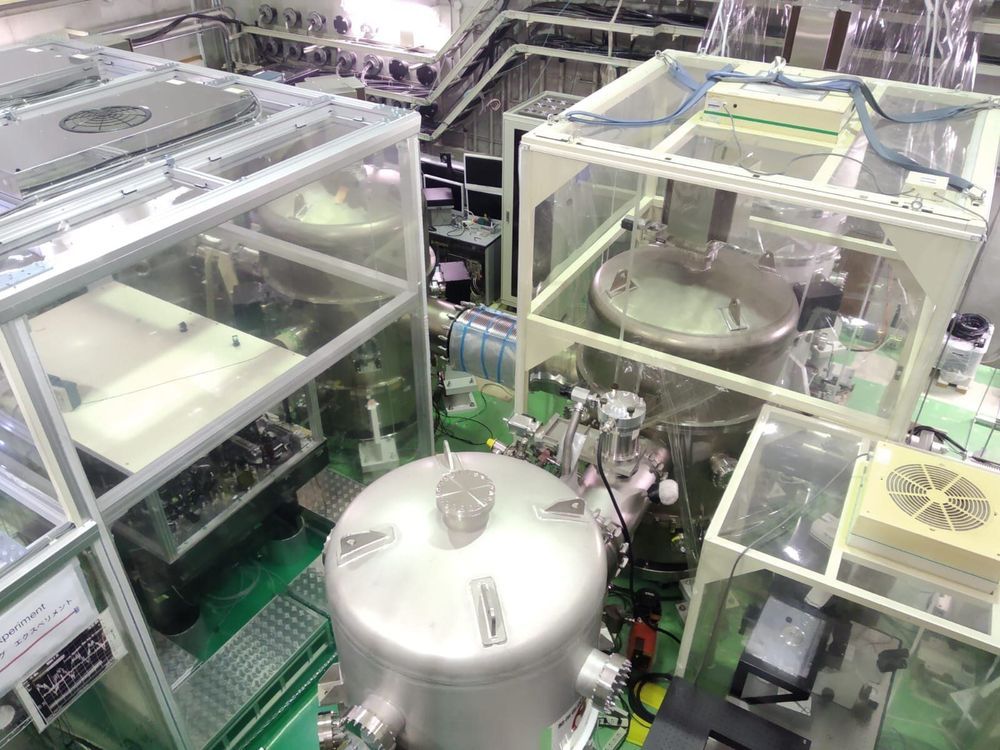
TAMA300 blazes trail for improved gravitational wave astronomy
Researchers at the National Astronomical Observatory of Japan (NAOJ) have used the infrastructure of the former TAMA300 gravitational wave detector in Mitaka, Tokyo, to demonstrate a new technique to reduce quantum noise in detectors. This new technique will increase the sensitivity of the detectors comprising a collaborative worldwide gravitational wave network, allowing them to observe fainter waves.
When it began observations in 2000, TAMA300 was one of the world’s first large-scale interferometric gravitational wave detectors. At that time TAMA300 had the highest sensitivity in the world, setting an upper limit on the strength of gravitational wave signals; but the first detection of actual gravitational waves was made 15 years later in 2015 by LIGO. Since then, detector technology has improved to the point that modern detectors are observing several signals per month. The scientific results obtained from these observations are already impressive, and many more are expected in the coming decades. TAMA300 is no longer participating in observations, but is still used as a testbed for new technologies to improve other detectors.
The sensitivity of current and future gravitational wave detectors is limited at almost all the frequencies by quantum noise caused by the effects of vacuum fluctuations of the electromagnetic fields. But even this inherent quantum noise can be sidestepped. It is possible to manipulate the vacuum fluctuations to redistribute the quantum uncertainties, decreasing one type of noise at the expense of increasing a different, less obstructive type of noise. This technique, known as vacuum squeezing, has already been implemented in gravitational wave detectors, greatly increasing their sensitivity to higher frequency gravitational waves. But the optomechanical interaction between the electromagnetic field and the mirrors of the detector causes the effect of vacuum squeezing to change depending on the frequency. So at low frequencies, vacuum squeezing increases the wrong type of noise, actually degrading sensitivity.
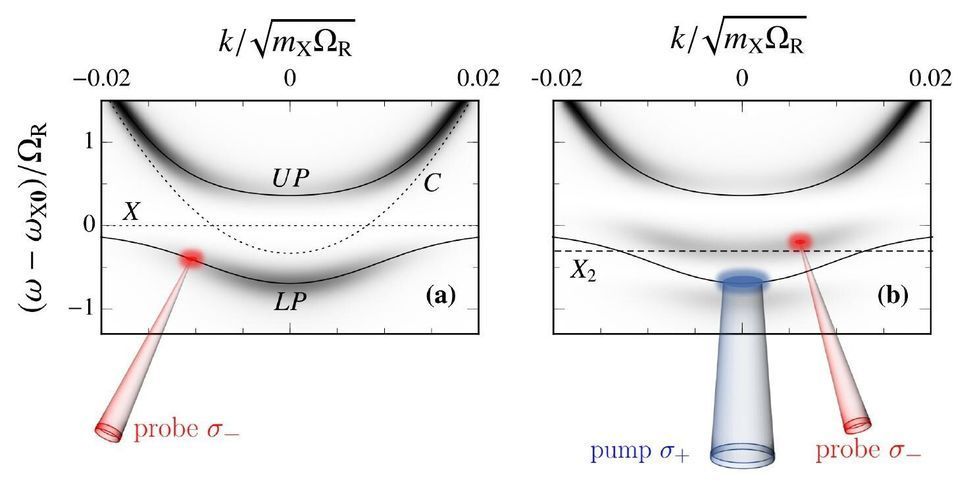
Applying quantum-impurity theory to quantum fluids of light
A Monash-led study develops a new approach to directly observe correlated, many-body states in an exciton-polariton system that go beyond classical theories.
The study expands the use of quantum impurity theory, currently of significant interest to the cold-atom physics community, and will trigger future experiments demonstrating many-body quantum correlations of microcavity polaritons.

New findings suggest laws of nature ‘downright weird,’ not as constant as previously thought
Not only does a universal constant seem annoyingly inconstant at the outer fringes of the cosmos, it occurs in only one direction, which is downright weird.
Those looking forward to a day when science’s Grand Unifying Theory of Everything could be worn on a t-shirt may have to wait a little longer as astrophysicists continue to find hints that one of the cosmological constants is not so constant after all.
In a paper published in Science Advances, scientists from UNSW Sydney reported that four new measurements of light emitted from a quasar 13 billion light years away reaffirm past studies that found tiny variations in the fine structure constant.

Quantum electrodynamics experiment ‘major step toward’ large-scale implementation
The fundamental laws of physics are based on symmetries that determine the interactions between charged particles, among other things. Using ultracold atoms, researchers at Heidelberg University have experimentally constructed the symmetries of quantum electrodynamics. They hope to gain new insights for implementing future quantum technologies that can simulate complex physical phenomena. The results of the study were published in the journal Science.
The theory of quantum electrodynamics deals with the electromagnetic interaction between electrons and light particles. It is based on so-called U symmetry, which, for instance, specifies the movement of particles. With their experiments, the Heidelberg physicists, under the direction of Junior Professor Dr. Fred Jendrzejewski, seek to advance the efficient investigation of this complex physical theory. They recently experimentally realized one elementary building block. “We see the results of our research as a major step toward a platform built from a chain of properly connected building blocks for a large-scale implementation of quantum electrodynamics in ultracold atoms,” explains Prof. Jendrzejewski, who directs an Emmy Noether group at Heidelberg University’s Kirchhoff Institute for Physics.
According to the researchers, one possible application would be developing large-scale quantum devices to simulate complex physical phenomena that cannot be studied with particle accelerators. The elementary building block developed for this study could also benefit the investigation of problems in materials research, such as in strongly interacting systems that are difficult to calculate.

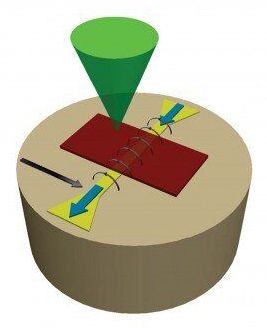
Bose-Einstein condensate: Magnetic particles behave repulsively
Data transmission that works by means of magnetic waves instead of electric currents: For many scientists, this is the basis of future technologies that will make transmission faster and individual components smaller and more energy-efficient. Magnons, the particles of magnetism, serve as moving information carriers. Almost 15 years ago, researchers at the University of Münster (Germany) succeeded for the first time in achieving a novel quantum state of magnons at room temperature—a Bose-Einstein condensate of magnetic particles, also known as a ‘superatome,’ i.e. an extreme state of matter that usually occurs only at very low temperatures.

Quantum Communication Could Make U.S. Subs Even More Deadly
University researchers have discovered that quantum communications are possible with submerged objects in turbulent water. The revelation means it might someday be possible for the National Command Authority to use quantum communications to securely communicate with underwater submarines, particularly those that make up part of the nuclear triad.
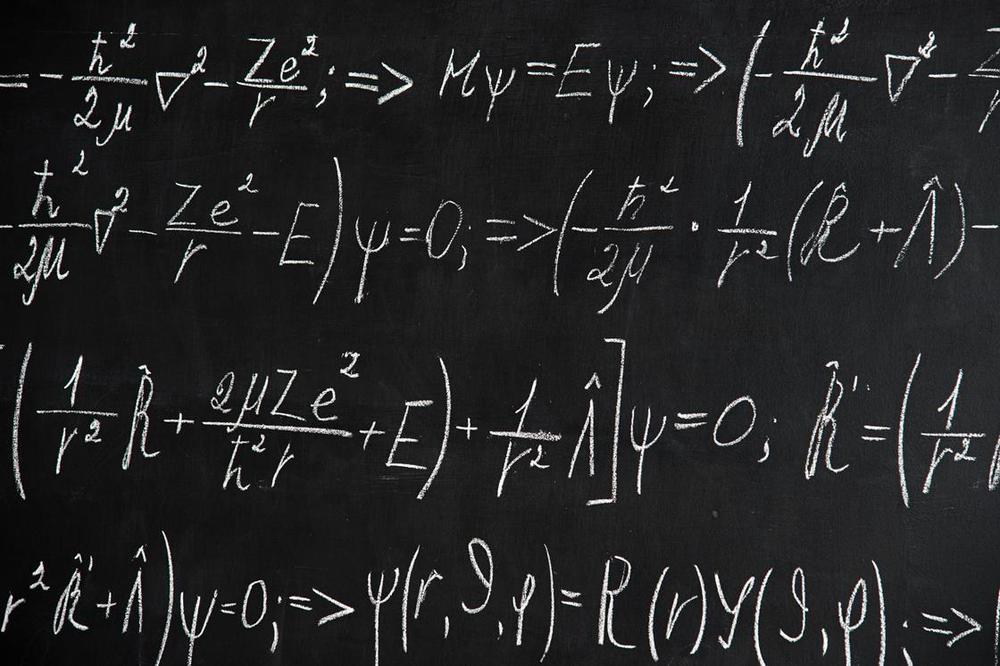
Quantum chemistry simulations offers beguiling possibility of ‘solving chemistry’
Using machine learning three groups, including researchers at IBM and DeepMind, have simulated atoms and small molecules more accurately than existing quantum chemistry methods. In separate papers on the arXiv preprint server the teams each use neural networks to represent wave functions of electrons that surround the molecules’ atoms. This wave function is the mathematical solution of the Schrödinger equation, which describes the probabilities of where electrons can be found around molecules. It offers the tantalising hope of ‘solving chemistry’ altogether, simulating reactions with complete accuracy. Normally that goal would require impractically large amounts of computing power. The new studies now offer a compromise of relatively high accuracy at a reasonable amount of processing power.
Each group only simulates simple systems, with ethene among the most complex, and they all emphasise that the approaches are at their very earliest stages. ‘If we’re able to understand how materials work at the most fundamental, atomic level, we could better design everything from photovoltaics to drug molecules,’ says James Spencer from DeepMind in London, UK. ‘While this work doesn’t achieve that quite yet, we think it’s a step in that direction.’
Two approaches appeared on arXiv just a few days apart in September 2019, both combining deep machine learning and Quantum Monte Carlo (QMC) methods. Researchers at DeepMind, part of the Alphabet group of companies that owns Google, and Imperial College London call theirs Fermi Net. They posted an updated preprint paper describing it in early March 2020.1 Frank Noé’s team at the Free University of Berlin, Germany, calls its approach, which directly incorporates physical knowledge about wave functions, PauliNet.2
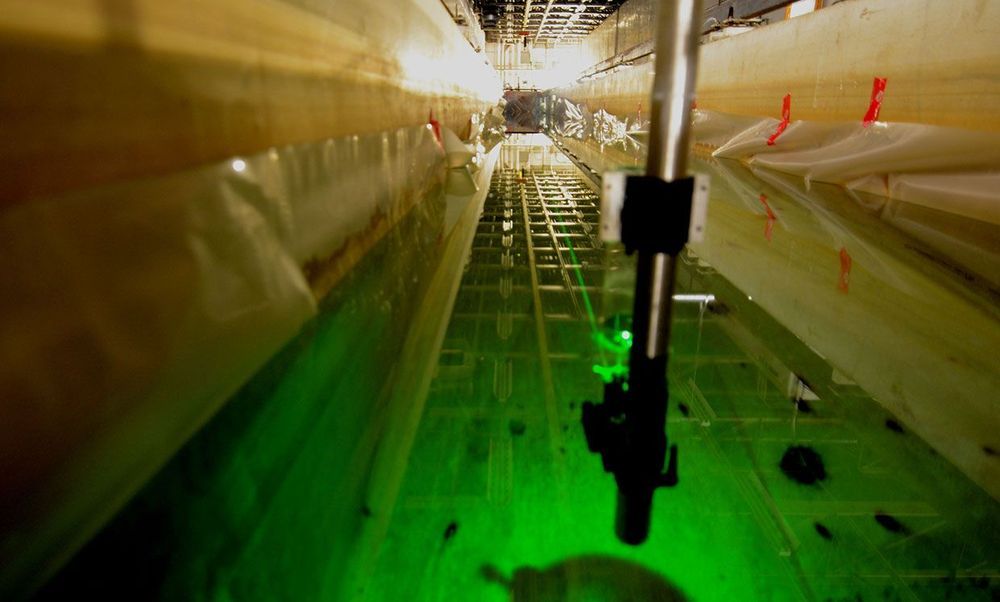
Scientists Explore Underwater Quantum Links for Submarines
:oooo.
Underwater quantum links are possible across 30 meters (100 feet) of turbulent water, scientists have shown. Such findings could help to one day secure quantum communications for submarines.
Quantum cryptography exploits the quantum properties of particles such as photons to help encrypt and decrypt messages in a theoretically unhackable way. Scientists worldwide are now endeavoring to develop satellite-based quantum communications networks for a global real-time quantum Internet.
In addition to beaming quantum communications signals across the air, through a vacuum, and within fiber optic cables, researchers have investigated establishing quantum communications links through water. Such work could lead to secure quantum communications between submarines and surface vessels, and with other subs, aircraft, or even satellites.